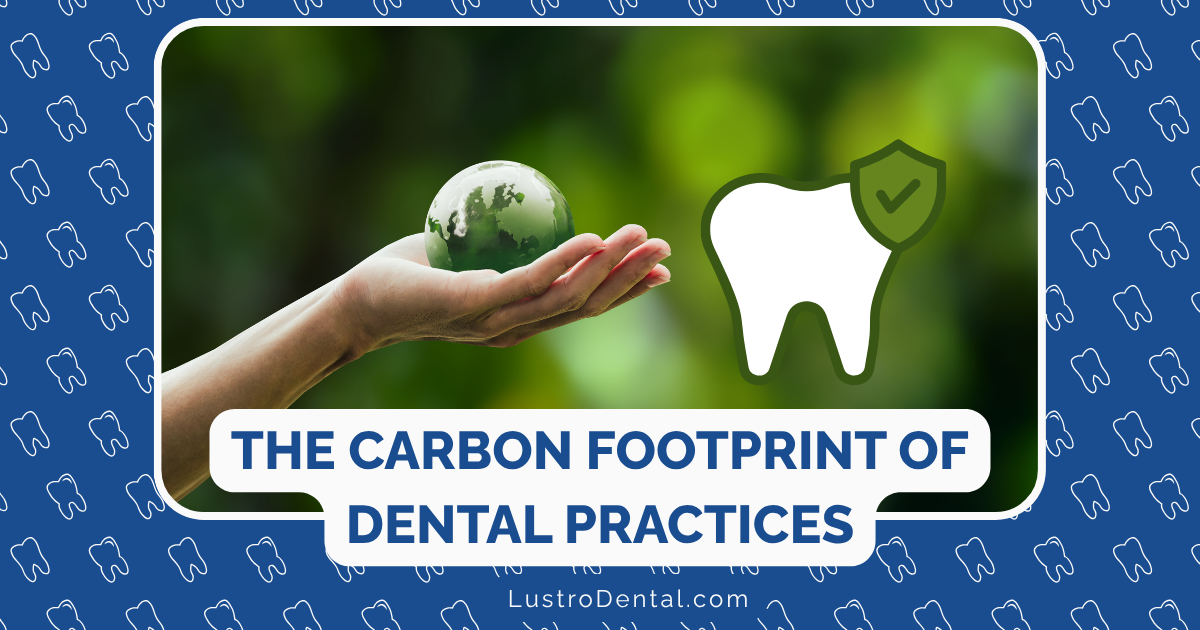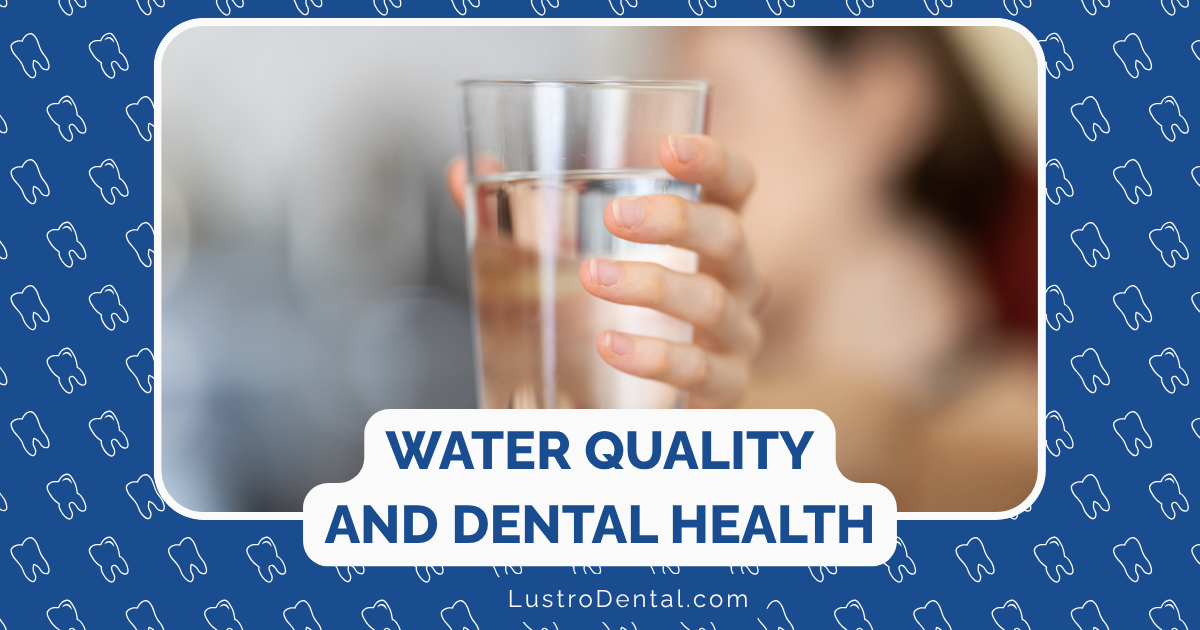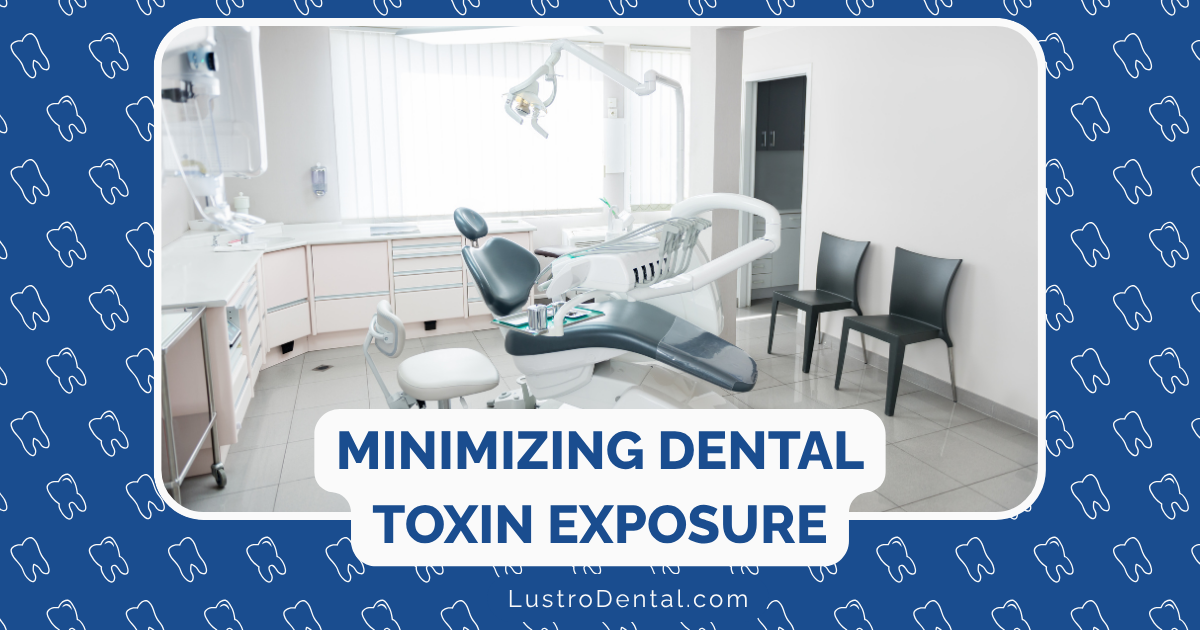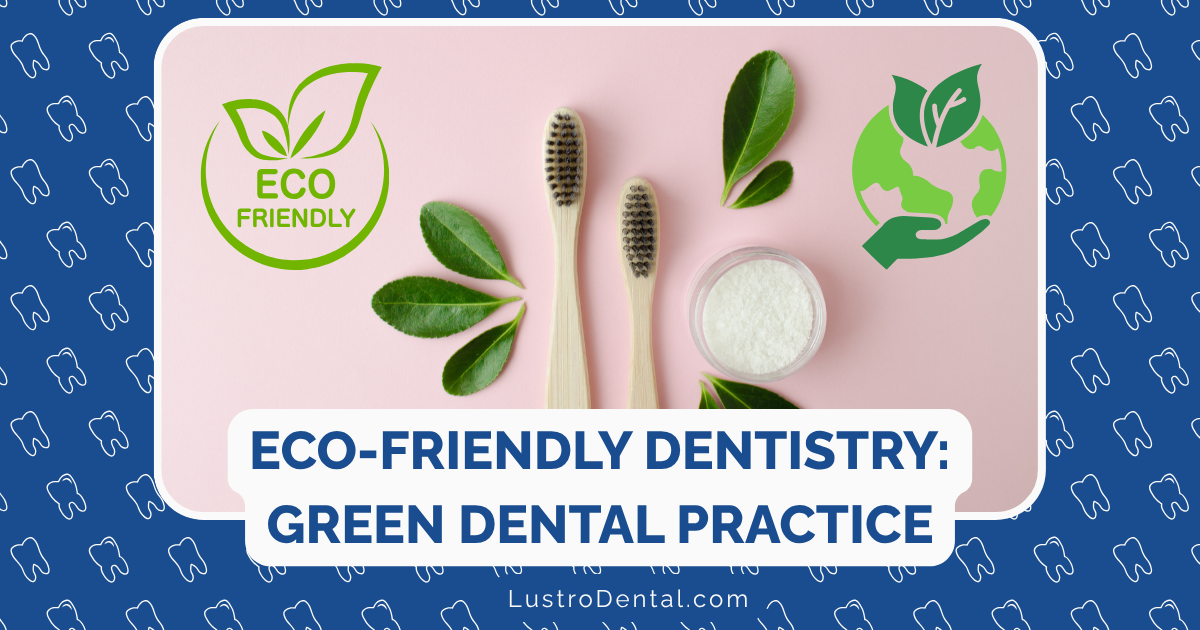The Link Between Mouth Breathing and Dental Development: What Every Parent Should Know

As a dental health advocate, I’ve noticed a concerning trend in my practice: children who breathe through their mouths rather than their noses often develop distinct dental and facial issues. While it might seem like a harmless habit, mouth breathing can significantly impact your child’s dental development and overall health. Let’s explore this important connection and what you can do to address it early.
What Exactly Is Mouth Breathing?
Mouth breathing occurs when a person consistently breathes through their mouth instead of their nose. While occasional mouth breathing (like during heavy exercise or when you have a cold) is normal, chronic mouth breathing is not. Our bodies are designed to breathe through the nose, which filters, warms, and humidifies air before it reaches our lungs.
You might notice mouth breathing in your child if they:
- Sleep with their mouth open
- Have dry lips and cracked mouth corners
- Snore or breathe loudly during sleep
- Experience frequent bad breath
- Show daytime fatigue or difficulty concentrating
- Have recurring ear infections or sinus problems
Why Do Children Become Mouth Breathers?
Before discussing the effects, it’s important to understand the causes. According to research published in the Journal of International Oral Health, common causes include:
- Nasal obstruction: Enlarged adenoids or tonsils, chronic allergies, frequent colds, or a deviated septum can block nasal passages.
- Habitual factors: Some children develop mouth breathing as a habit, even after the original cause (like a cold) resolves.
- Anatomical factors: Certain facial structures may make nasal breathing more difficult.
- Sleep disorders: Conditions like sleep apnea can contribute to mouth breathing, creating a troubling cycle.
How Mouth Breathing Affects Dental Development
The effects of mouth breathing on dental development can be far-reaching and sometimes difficult to reverse without intervention. Here’s what the research shows:
1. Altered Jaw Growth and Position
When a child breathes through their mouth, their tongue position changes. Instead of resting against the roof of the mouth (where it naturally belongs), it drops to the floor of the mouth. This seemingly small change has major consequences.
A study published in the European Journal of Orthodontics found that this altered tongue position fails to provide the proper support for the developing upper jaw. As a result:
- The upper jaw may develop too narrowly
- The lower jaw may hang down and back, creating a recessed chin profile
- The entire face may grow longer rather than wider (sometimes called “adenoid face”)
2. Malocclusion (Improper Bite)
The altered jaw development directly impacts how teeth align. Mouth breathers commonly develop:
- Crossbites: Where upper teeth sit inside lower teeth
- Open bites: Where front teeth don’t close properly, leaving a gap
- Overbites: Where upper teeth significantly overlap lower teeth
- Crowded teeth: Due to insufficient jaw space
Research in the International Journal of Orthodontic Science confirms that mouth breathing is significantly associated with these malocclusions, particularly crossbites and open bites.
3. Changes in Facial Structure
Beyond just dental concerns, mouth breathing can alter a child’s facial appearance, leading to:
- A longer face with less defined cheekbones
- A narrower upper jaw and palate
- A less prominent chin
- Droopy eyes or dark circles
- Flattened facial features
These changes aren’t just cosmetic—they can affect self-esteem and social development during crucial formative years.
4. Increased Risk of Decay and Gum Disease
Mouth breathing leads to dry mouth by reducing saliva flow. Saliva is our natural defense against cavity-causing bacteria, helping to:
- Wash away food particles
- Neutralize acids
- Remineralize early tooth decay
- Fight bacteria
Without adequate saliva, children who mouth breathe face a higher risk of cavities and gum inflammation. The upper front teeth are particularly vulnerable, as they’re most exposed to the drying effects.
The Broader Health Implications
The impacts extend beyond dental concerns:
Sleep Quality and Cognitive Development
Children who mouth breathe often don’t sleep well. This poor-quality sleep can lead to:
- Daytime fatigue and irritability
- Difficulty concentrating in school
- Behavioral issues sometimes misdiagnosed as ADHD
- Compromised cognitive development
A landmark study in the Journal of Developmental & Behavioral Pediatrics found significant connections between sleep-disordered breathing (which includes mouth breathing) and neurobehavioral issues in children.
Speech Development
The altered tongue position and dental structure can also impact speech development. Children who chronically mouth breathe may struggle with certain sounds, particularly those requiring proper tongue-to-palate contact.
Identifying Mouth Breathing: What Parents Should Watch For
Early identification is crucial. Look for these signs:
- Consistently parted lips, even when not speaking
- Noisy breathing during rest or sleep
- Snoring
- Frequent throat clearing or swallowing difficulties
- Daytime sleepiness despite adequate sleep hours
- Dark circles under the eyes (“allergic shiners”)
- Chronic bad breath despite good oral hygiene
The Dental Professional’s Role in Diagnosis
Dentists and orthodontists are often the first healthcare providers to identify chronic mouth breathing. During routine check-ups, they might notice:
- The characteristic narrow palate
- Inflamed gum tissue, especially around front teeth
- Specific malocclusion patterns
- Excessive vertical facial growth
If your dental professional suspects mouth breathing, they may refer you to an ear, nose, and throat specialist (ENT) to identify and address any underlying causes.
Addressing Mouth Breathing: A Multidisciplinary Approach
Treating mouth breathing typically requires collaboration between several specialists:
1. Removing the Obstruction
If enlarged tonsils, adenoids, allergies, or nasal obstructions are causing the mouth breathing, addressing these is the first step:
- ENT specialists may recommend tonsil or adenoid removal if they’re significantly enlarged
- Allergists can help manage chronic allergies that cause nasal congestion
- Nasal sprays or medications might help clear passages
2. Orthodontic Intervention
For children who have already developed dental or facial changes, orthodontic treatment may be necessary:
- Palatal expanders can widen a narrow upper jaw
- Traditional braces or clear aligners can correct misaligned teeth
- Functional appliances might help guide proper jaw development in younger children
The American Association of Orthodontists recommends all children have an orthodontic evaluation by age 7, which is particularly important for mouth breathers.
3. Myofunctional Therapy
This specialized therapy helps retrain oral and facial muscles:
- Exercises to strengthen lip muscles for better lip seal
- Tongue positioning exercises to establish proper resting position
- Swallowing pattern correction
A systematic review in the International Journal of Orofacial Myology found that myofunctional therapy can be highly effective in establishing nasal breathing patterns.
4. Habit Correction Devices
For children who continue mouth breathing out of habit after obstructions are addressed:
- Reminder appliances that encourage lip closure
- Nighttime chin straps or tape (under professional supervision)
- Specialized oral appliances that promote nasal breathing
Prevention: The Best Approach
Whenever possible, prevention is ideal:
- Regular dental check-ups starting by age 1 can help identify early signs of mouth breathing
- Prompt treatment of allergies and nasal congestion
- Breastfeeding, which promotes proper oral muscle development and nasal breathing
- Addressing thumb-sucking or pacifier use beyond age 4, as these can contribute to mouth breathing habits
- Teaching children proper breathing techniques from an early age
Real-Life Impact: Emma’s Story
Consider Emma, a 9-year-old patient with chronic allergies who had been mouth breathing since toddlerhood. By the time her parents brought her in, she had developed:
- A narrow upper jaw with crowded teeth
- A significant overbite
- Dark circles under her eyes
- Difficulty concentrating in school
After a coordinated treatment approach involving an allergist, orthodontist, and myofunctional therapist over 18 months, Emma’s transformation was remarkable. Not only did her dental development improve with a palatal expander and early orthodontic intervention, but her parents also reported better sleep, improved school performance, and greater confidence.
When to Seek Help
If you notice signs of mouth breathing in your child, don’t wait to address it. The earlier the intervention, the better the outcomes. Consider consulting:
- Your pediatric dentist or orthodontist
- Your child’s pediatrician
- An ear, nose, and throat specialist
- A sleep specialist if sleep disturbances are significant
Conclusion: Breathing Matters
The way we breathe impacts far more than just our lungs—it shapes our dental development, facial structure, and overall health. By understanding the critical link between mouth breathing and dental development, parents can take proactive steps to ensure their children develop healthy breathing patterns and, consequently, healthy smiles.
Remember, what might seem like a simple breathing habit can have lasting effects on your child’s development. The good news is that with early identification and appropriate intervention, these effects can often be minimized or even reversed.
Have you noticed signs of mouth breathing in your child? What steps have you taken to address it? Share your experiences in the comments below.







